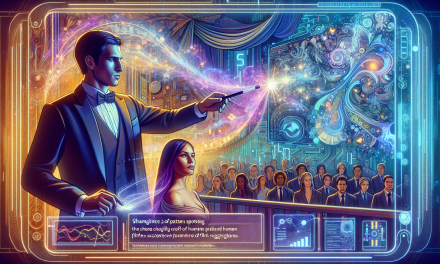How a Little Board Made Big Waves in DIY Electronics
Imagine you want to create a robot that waters your plants or a lamp that changes color with your mood. Sounds fun, right? But in the past, turning these ideas into real gadgets meant tackling complex electronics and programming language that could feel like deciphering an alien code. Then came along a little hero: Arduino. This tiny, open-source circuit board opened the door wide for anyone curious about building and inventing with electronics, no matter their experience level.
Meet Arduino: The Friendly Brain for Your Projects
Arduino isn’t just a circuit board; it’s like a translator between your creative ideas and the electric signals that make devices work. It’s tiny, affordable, and comes with a simple programming environment designed to make learning a breeze. Because it’s open-source, its “recipe” is shared freely, inviting everyone to tweak, build, and improve upon it.
Before Arduino, hobbyists, artists, and beginners often had to navigate complicated hardware setups or expensive tools. Arduino changed the game by packaging powerful electronics into an accessible and user-friendly format. Suddenly, making things blink, buzz, or move was no longer reserved for engineers—it became a playground for inventors of all ages.
The Spark Behind the Maker Movement
Arduino helped ignite what we now call the maker movement—a global community of do-it-yourselfers who build, tinker, and share their creations. It gave people the tools to transform imagination into tangible gadgets, from interactive art installations to home automation systems.
This spirit of “learning by doing” aligns perfectly with how coding and hardware come alive. When you write a few lines of code and see a robot respond or a sensor react, concepts leap off the page into real-world magic. Arduino made that magic accessible in garages, bedrooms, and classrooms around the world.
Changing Education: Creative Classrooms with Arduino
Schools caught on fast. Arduino boards became a hands-on way to teach science, technology, engineering, and math (STEM). Instead of just reading about circuits and code, students could build their own projects, learn through trial and error, and feel proud of what they created.
This approach sparks curiosity and problem-solving skills because it encourages experimentation rather than memorization. Students learn how to break down big challenges into manageable steps—which is the heart of thinking like a coder.
Why Arduino Still Matters Today
Even years after its debut, Arduino continues to inspire new generations of makers, coders, and artists. Its open, collaborative nature means the community keeps growing and evolving. Libraries, shields (add-on boards), and tutorials have multiplied, making it easier to tackle more ambitious projects.
Arduino’s revolution is proof that powerful technology doesn’t have to be locked away in labs or computer science degrees. Sometimes, all you need is a simple board, a curious mind, and a bit of playfulness to jumpstart your journey into the world of hardware hacking.








